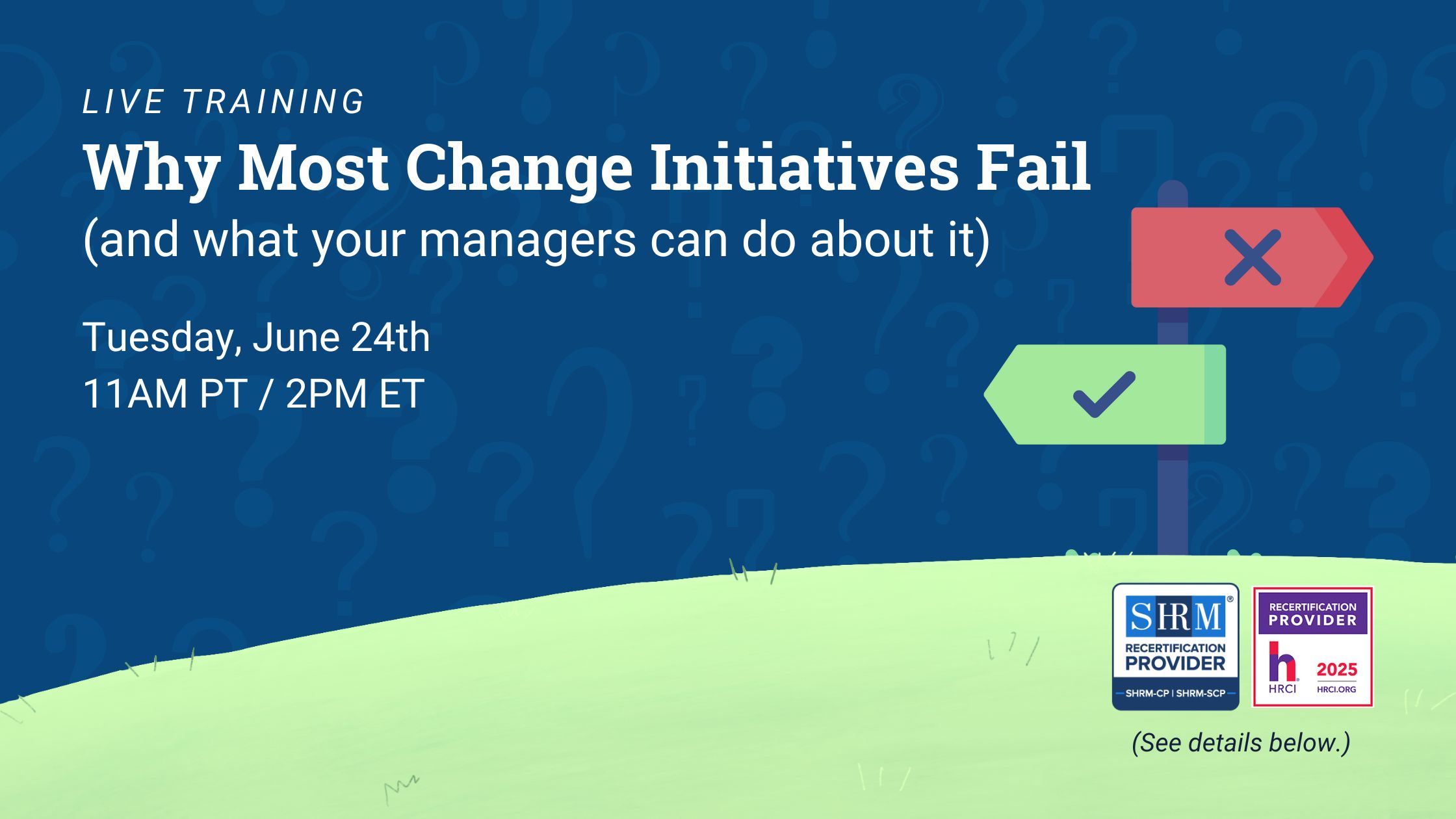When employees leave a company, they are entitled to receive regular wages for time worked, plus compensation for accrued vacation time. Beyond that, companies aren’t required by law to provide additional benefits like severance pay, unless promised in an employee contract or handbook.
Still, many companies choose to offer a severance package to departing employees.
What Is a Severance Package?
A severance package is a compensation and benefits package that an employer provides to an employee who is laid off or terminated, or resigns under certain conditions. This package normally includes severance pay, continuation of health care benefits, stock options, and other helpful or supportive perks, such as outplacement service to help the exiting employee find a new job. Most commonly, severance packages are offered to employees who have been laid off. However, some companies also choose to extend severance packages to employees who have been fired for cause, and even employees who are leaving voluntarily.
While severance packages certainly provide support to departing employees, these benefits aren’t given solely as an altruistic gesture on the part of a company. Organizations choose to provide severance packages because doing so gives employers a number of business advantages.
10 Ways Companies Can Benefit from Providing Severance Packages to Employees
Here are ten ways your company can benefit from providing a severance package.
1. A severance package can forestall lawsuits.
In exchange for receiving a severance package, employees are generally asked to sign an employee termination letter that includes a release of claims. This release stipulates that employees will not bring a lawsuit against the company for wrongful termination and other reasons. By encouraging exiting workers to sign these releases, severance packages can be highly instrumental in reducing litigation against the company.
This is important protection, considering the fact that employee lawsuits are quite common today. According to Inc., one in five small and mid-sized businesses will face an employee lawsuit, at the cost of $125,000 on average to defend. Your company can take proactive action to prevent such lawsuits by offering attractive severance packages.
2. A severance package can protect your company’s proprietary information.
In addition to a release of claims, your company can ask exiting employees to sign non-disclosure and non-compete agreements in exchange for receiving severance packages. This helps guard your company’s sensitive information against competitors while providing your former employee with much-needed support during this time of transition.
It is important, in these cases, to make sure that what your company is offering in its severance package is a fair exchange for what you’re asking of the departing employee. If you ask for too much without offering enough, the employee is likely to reject the severance package altogether. That’s what happened with Eileen Scully, who spoke with Fast Company about her experience with a former employer. According to Scully, her former employer asked her to sign a 3-year binding agreement that would have prevented her from talking about the company not just with competitors, but with any of her clients or prospects. She rejected the offer because it might have hurt her ability to find a new job.
This story shows that severance packages must be carefully thought out. If your company is requesting a particularly strict or lengthy non-compete or non-disclosure agreement, offer a severance package that will compensate the affected employee for any diminished business or job prospects.
3. A severance package can help protect your brand reputation.
Layoffs and firings are emotionally challenging times for employees. If they feel they’ve been dismissed unfairly or underappreciated by the company, they might be motivated to turn to company review sites or social media to leave negative reviews about your organization and brand reputation. The effect of this is evident even to casual browsers of Glassdoor, who come across many reviews left by recently laid-off or fired employees. According to Intoo’s Employer Branding Study, 66% of people choose to share their poor layoff experiences with others.
If you provide severance packages, your departing employees are more likely to feel your company did the best to support them while making tough business decisions for the company. They’ll be less likely to speak negatively about your company, whether that’s face to face with the people in their lives, online through social media, or through the media.
4. A severance package can improve workplace culture.
Layoffs and firings affect not only the employees leaving the company, but also the ones who remain. Your remaining workforce has to say goodbye to outgoing colleagues and friends, and may worry another reduction in force will take place. During these times of transition, your employees also become keenly aware of how your company handles employee terminations and watch to see if departing workers are treated with empathy and dignity.
By providing severance packages to exiting employees, your company sends a strong message to your remaining workforce that workers are valued and supported—even at the end of their employment. This can help support a positive workplace culture, improving employee productivity and loyalty.
5. A severance package can help you recruit and retain talent.
Because severance packages can be instrumental in protecting your company’s brand reputation, they also affect your retention and hiring initiatives. If you have a positive brand reputation, you’ll have an easier time attracting and keeping key talent. Let your Glassdoor and social media reviews suffer, though, and your company will have a tougher time hiring for important positions. INTOO’s Employer Branding Study found that only 21% of candidates would apply to a 1-star rated company.
Because of the difficulty of attracting candidates, recruiting gets more expensive for companies with a poor reputation. According to Harvard Business Review, a company with a poor reputation ends up paying $4,723 more per hire. By offering severance packages to outgoing employees, your company will be able to better protect its brand reputation—and retain its ability to bring in talented employees.

6. A severance package can help retain customers.
Employees and potential job candidates aren’t the only people paying attention to your brand. Your customer base is strongly affected by your brand reputation too. According to INTOO’s Employer Branding Study, 64% of consumers stop purchasing a brand after hearing news of that company’s poor employee treatment.
Thus, it’s imperative for your company’s bottom line to invest in brand protection. Giving departing employees severance packages can play a critical role in protecting your brand, especially in this age of social media and online reviews.
7. A severance package can save your company money.
It’s no secret that severance packages cost money for the companies that offer them. From providing severance pay to exiting workers to investing in employee benefits like outplacement, companies do incur expenses. That said, not providing severance packages can end up costing companies a lot more in the long run through legal fees, diminished brand reputation, and, relatedly, a shrinking customer base and rising employee retention and hire costs.
8. A severance package can strengthen alumni networks.
Former employees who leave on good terms with a severance package are more likely to become brand advocates or even future business partners. They may also continue to recommend you as an employer. A strong alumni network can lead to valuable business connections, potential client and candidate referrals, and even rehiring opportunities when former employees return with new skills and experience.
9. A severance package can minimize disruptions and knowledge loss.
When employees are laid off abruptly, they may leave without properly transitioning their responsibilities, leading to workflow disruptions and lost institutional knowledge. A well-structured severance package, especially one that includes extended notice periods or transitional support, can help ensure a smoother handover of duties and prevent operational setbacks.
10. A severance package demonstrates ethical leadership and corporate responsibility.
Companies that offer fair severance packages show they care about their employees beyond just their immediate contributions. This fosters goodwill with investors, business partners, and the public, reinforcing an image of ethical leadership, which can be an advantage in securing partnerships, attracting socially conscious consumers and high-quality talent, and maintaining a positive industry reputation.
For larger or established companies that fail to provide severance packages, the damage to brand reputation can be especially severe. Managing brand reputation during a stream of negative publicity—and rebuilding a brand in the aftermath of such a public relations crisis—can be difficult and expensive. Because of this, many companies recognize that it pays to offer severance packages that help prevent such problems altogether.
Final Thoughts on the Importance of Severance Packages
It can be hard to predict when employee terminations will happen. The need for a company to conduct a layoff or fire an employee can arise suddenly. This is why it’s important for companies to be prepared and have a severance policy in place. It makes it easier, if and when employee terminations take place, to determine both the eligibility for and content of severance packages.
To create a severance policy for your company, start by considering the goals for your company in providing severance packages. If a primary concern for your company is protecting proprietary information, you may want to include a non-disclosure or non-compete clause in your employee termination letter—and make sure to build a severance package that the employee will find attractive. If your company’s main goal is to create a positive company culture where employees feel supported, you might include benefits like outplacement in your severance package to help exiting employees find new positions as quickly and easily as possible.
INTOO makes it easy to optimize your severance packages for employees at any level by offering unlimited hours of personalized 1:1 coaching as part of our outplacement programs. Our whole-human methodology addresses every aspect that impacts a career transition, helping impacted employees bring their best to their job search for maximal results.
Learn more about how INTOO’s outplacement solution can help protect your employer brand while supporting your exiting employees in their next career step. Contact us today for customized recommendations for your organization.











